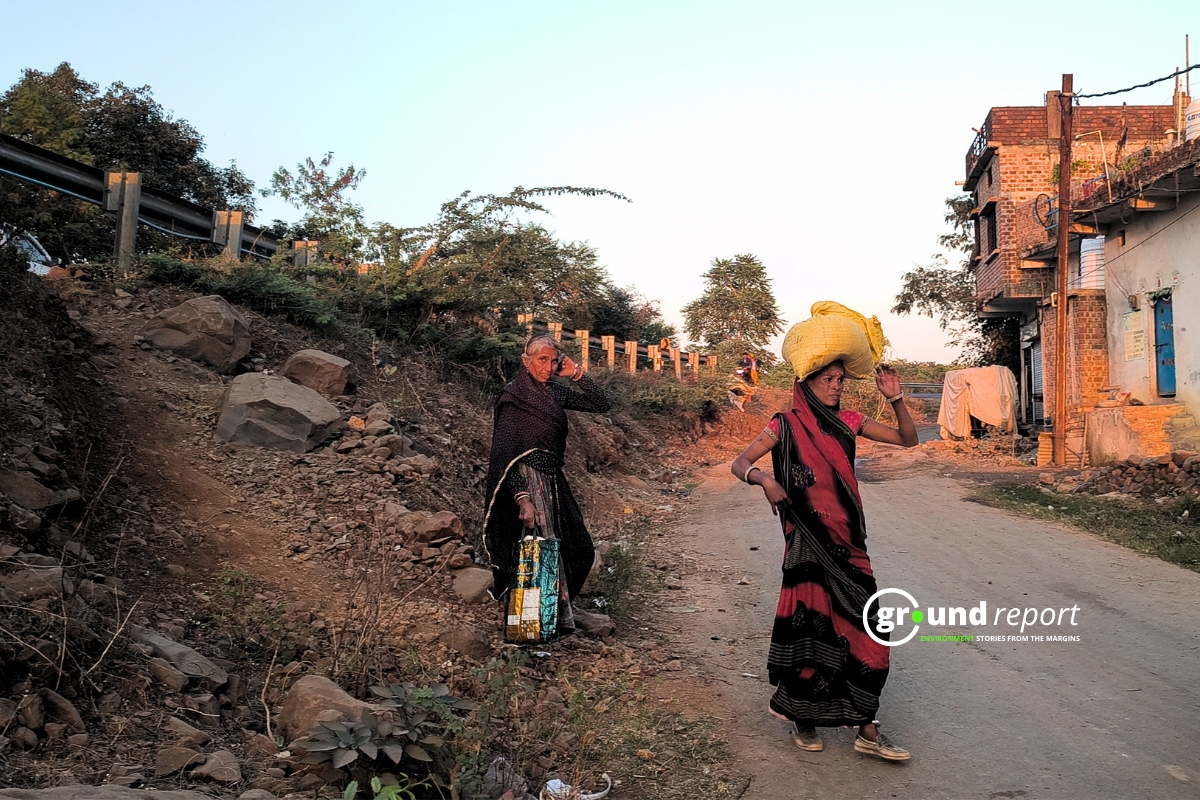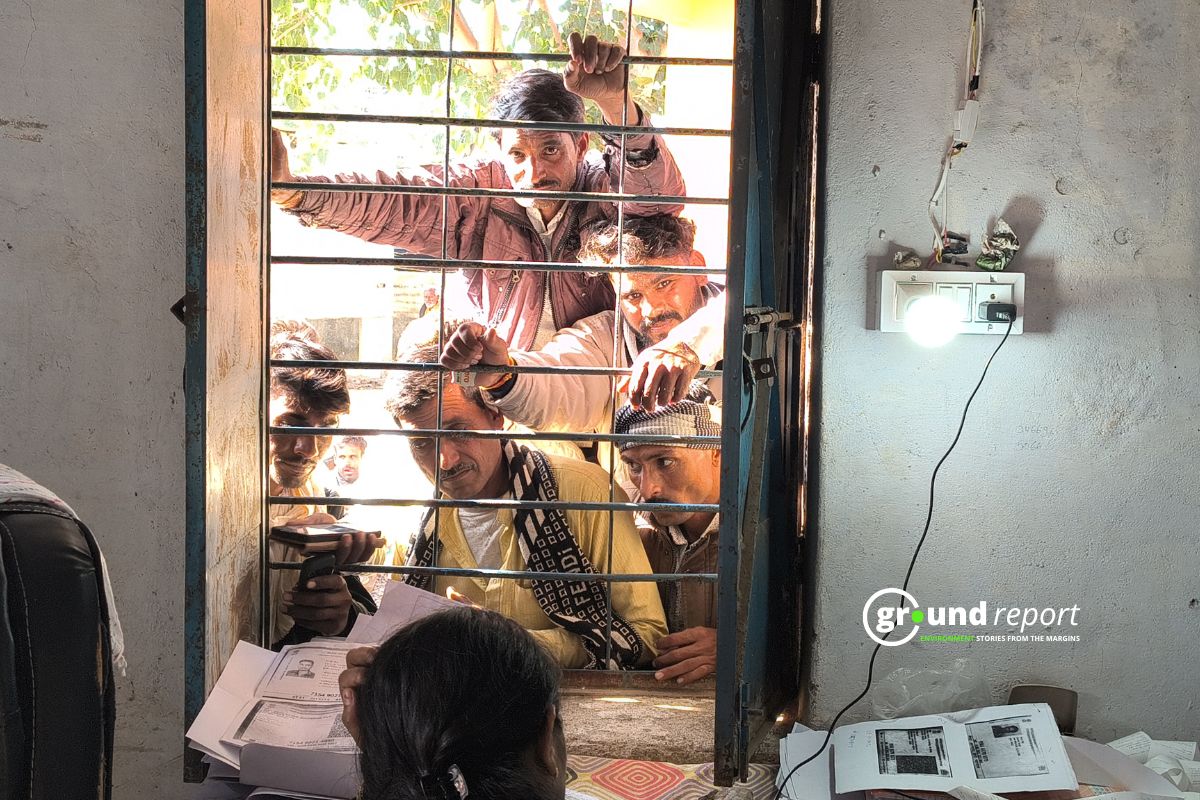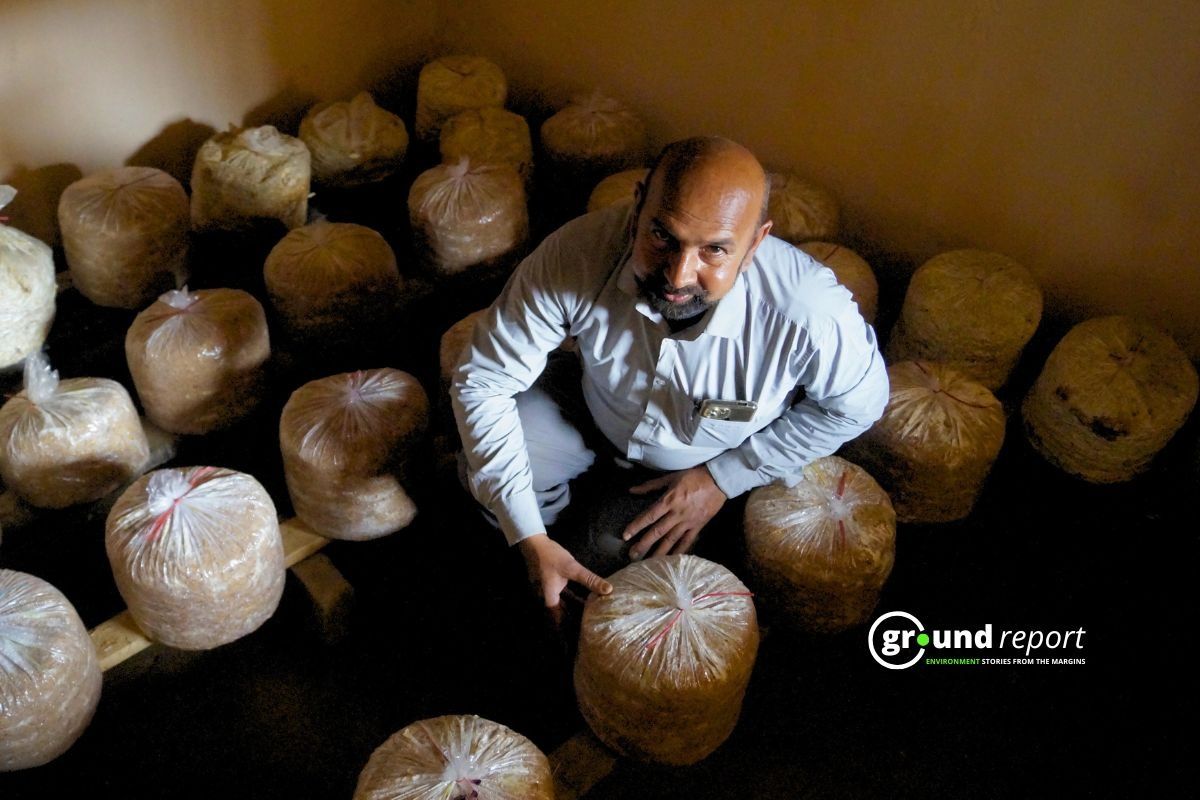In the narrow lanes of Saunsar town in Madhya Pradesh’s Pandhurna district, the rhythmic clacking of handlooms still echoes faintly under thatched roofs in Wards 2 and 3, a dwindling community of artisans labouring at wooden looms mounted on iron frames.
Rajendra Dhunudas Pakhale, a 25-year veteran weaver, spends 10-12 hours daily crafting a single saree, with intricate designs demanding even more time. “We initially wove medical bandages,” he explains. “Later, traders commissioned cotton sarees, and now we create Maheshwari and Chanderi varieties.”
These artisans receive thread from traders who dictate the saree specifications. While finished sarees sell for anywhere between ₹2,000 and ₹100,000 in markets across India, the weavers earn merely ₹300-1,000 per piece—a stark inequity that’s eroding generational commitment to the craft.
Anjali Pakhale, born into a weaving family, discourages her children from following this path. “Today there’s work; tomorrow there might not be. We want our children to study and become doctors for financial stability,” she says with resignation.
The government’s support has been sporadic—occasional loans for handloom creation, but little help in establishing market connections. “We received assistance for handloom machines once,” notes one artisan, “but without direct market access, adequate profits remain elusive.”
This economic precarity extends beyond finances. Some community members reveal that families hesitate to marry their daughters to handloom artisans due to the profession’s uncertain future.
Krishna Hedav, who has sold silk thread for sarees for five years, continues a family tradition. “Many weavers’ cooperative societies operated here before, with government contracts providing stability. Now we depend entirely on local traders,” he laments.
The town once vibrated with handloom activity, but many cooperative societies have shuttered. Veteran artisans who’ve dedicated their lifetimes to this craft face the painful reality that their expertise and cultural heritage might end with them.
When asked if they’ll continue the tradition, the younger generation invariably responds with the same question: “What did our elders gain after decades of toil at the handlooms?”
As the distinctive sounds of these looms grow quieter in Saunsar, what’s being lost isn’t just a livelihood—it’s a cultural treasure and artistic legacy that once defined this community.
Support us to keep independent environmental journalism alive in India.
More Video Reports
Mahseer saviors struggle as conservation funds dry up
Sexed Semen: Madhya Pradesh determining calf’s gender
Biaora battles severe sanitation issues, residents demand action
Fertilizer shortage disrupts rabi sowing for Madhya Pradesh farmers
Follow Ground Report on X, Instagram and Facebook for environmental and underreported stories from the margins. Give us feedback on our email id greport2018@gmail.com.
Don’t forget to Subscribe to our weekly newsletter, Join our community on WhatsApp, and Follow our YouTube Channel for video stories









